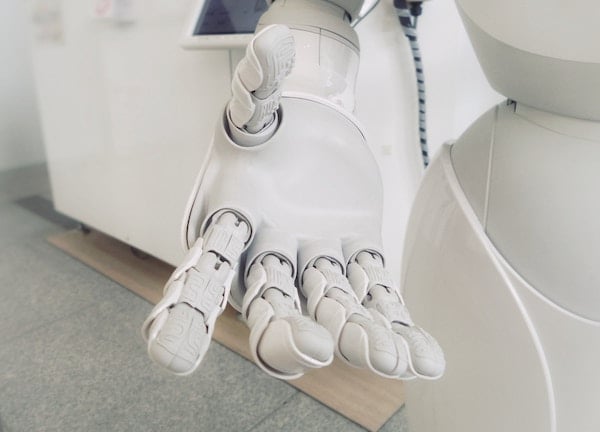Published on
Can a Machine Imitate an Academic Adviser? The Impact of Artificial Intelligence on Higher Education

The Fourth Industrial Revolution has impacted many areas of our everyday lives. Artificial intelligence (AI) is thriving across many industries, increasing efficiency and boosting productivity. Machine learning and other aspects of the Fourth Industrial Revolution are beginning to impact higher education, with the introduction of intelligent agents such as chatbots and more precise ways of recruiting and tracking applicants. What about the impact on academic advising? How much advising should use AI? How much human touch is still needed? Research suggests that contact with a significant person (such as an academic advisor) within an institution of higher education is a crucial factor in a student’s decision to remain in college.
Apple’s Siri, Amazon’s Alexa, and Netflix all feature aspects of intelligent human behavior, which is a central aspect of true AI. Through each interaction with these platforms, they learn more about one’s preferences, tastes and interests so they may continually customize a better experience for the customer. In these cases, real human interaction is not necessary. Undoubtedly, AI has been an enormous success in the corporations mentioned above, but would it have the same impact if it was applied to aspects of higher education, specifically, online universities? Would online learners benefit from having a machine imitate an academic advisor? Or do they need those intangible human behaviors—empathy and emotions—that a machine is not able to imitate? Is it possible to get the best of both worlds?
AI has undoubtedly made its way into the realm of higher education, with many seeing the potential for substantial time-savings benefits. Some colleges, such as the institutions in the North Carolina Community College System, are using AI to “map and organize its digital content.” The Georgia Institute of Technology is using an AI teaching assistant named Jill Watson. In this case, students were unable to detect that Jill Watson was a machine. Another AI platform for academic advisors is Stellic, founded by Carnegie Mellon undergraduates who were frustrated with the degree planning process. But most of these AI applications are in their nascent stages, making it rather difficult to determine if the impacts are successful just yet. In the meantime, it would be wise for more colleges and universities to start thinking about ways they can begin to use AI, specifically for academic advisors, since they are on the front line, and can carry extremely heavy workloads.
Given the vital nature of academic advising to student success, it is essential that institutions equip advisors with the tools necessary to help them manage their workloads by minimizing the time spent on low-impact tasks while maximizing the time available for high impact actions, like 1:1 student contact and support.
Student retention literature offers several considerations for increasing the likelihood that students will persist:
- Students need to feel integrated into the school and program
- Students may need help fitting school into existing family and work priorities
- The nature of interactions between students and the school influences the student’s decision to stay
- Students who are satisfied with the institutional environment are most likely to persist than those not satisfied
- Students need a supportive relationship with at least one person in the institution
In each of these areas, there is an opportunity for advisors to incorporate elements of AI into their toolkits, allowing them to free up time to form personal relationships with students. For example, AI could identify opportunities for advisors to make personal connections with students, such as behaviors that may signal student attrition, like missing assignments or repeated low grades. AI may also help advisors create student personas, including potential risk factors, which would allow them to proactively work with students before the situation becomes insurmountable. Advisors may also be able to incorporate AI into a system of nudging. Student action on the nudges may be a signal for advisors to reach out. Finally, AI may be incorporated into program tracking and scheduling systems, giving students the opportunity to self-serve, if appropriate.
Higher education is under pressure to modernize the student experience through better use of technology. AI will certainly assist in re-imagining the future of academia and the work of academic advisors. AI has limitations, however. Although it can mirror aspects of human behavior, it is not a human and has no emotion.
Therefore, as colleges and universities aim to make the student experience better through technology, they must try just as hard to ensure they do not lose the human experience along the way.
Author Perspective: Administrator



